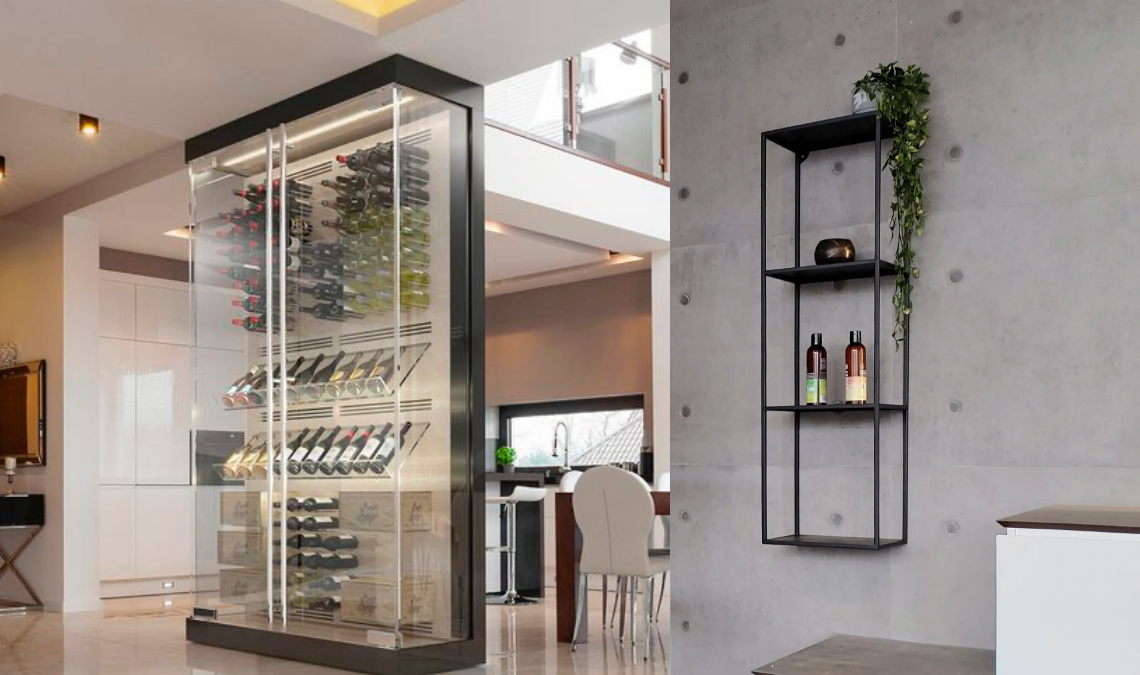
Artificial intelligence has entered all spheres of our lives. There is no wonder that a data center stands behind each computerized process. Network systems are found everywhere from offices and banks up to large enterprises and stores. Complicated computing tasks are performed by server systems that consist of hundreds of components (passive and active equipment, like switches, servers, PCs, etc.).
Where are these devices stored? Specialized metal enclosures are created to accommodate computing equipment. Server furniture differs in size, dimensions, and design. Modern manufacturers produce models for any purpose and need. It can be either a rack or a cabinet.
Classes of Server Furniture
If judging by the design, enterprises produce 2-post and 4-post furniture. 2-post products usually have open-frame designs and consist of 2 vertical uprights with tech holes to support hardware. 4-post models usually have solid enclosures with perforated doors and walls.
According to the type of installation, all furniture is divided into a wall-mount server rack and a floor-standing product. Compact models are suitable for desktop installation or fastening to vertical surfaces, while large cabinets are placed on the floor.
Taking into account the body design, there are enclosed and open-frame designs. Open-frame models do not have sidewalls, which ensures better ventilation. The main feature of enclosed models is better security. Cabinet depth is variable and can adjust to the need of users.
Models for Installation on the Floor
These are spacious products placed in large data centers, server rooms, and open spaces. Within this class, they distinguish both open-frame and enclosed models. The variety of sizes ranges from 3U-5U up to 42U-48U. But in most cases, system administrators choose big spacious products that can house hundreds of hardware components.
The main benefit of floor-standing furniture is its almost unlimited carrying capacity and size. Such models can house several hundred devices, which is perfect for large data centers.
Products for Fastening to the Wall
Due to the specifics of mounting, this class of server furniture is characterized by smaller sizes since special dowels are used to fasten a wall-mounted data cabinet to walls. Thus, the loading capacity of furniture is determined by the weight of the cabinet itself and the number of equipment to be housed. Usually, the maximum size of wall-attached products is 12U. Both open-frame racks and enclosed cabinets are attached to vertical surfaces.
The main advantage of a wall-mount network rack is its compact shape. Due to their small sizes, such models are ideal for small premises, offices, home offices, as well as desktop installation. It is possible to adjust the level and height of the installation.
Server Furniture for Installation on the Wall and the Floor: Comparison
Now, let’s compare both kinds of server furniture according to the main parameters:
- Body. Both classes can be open-frame and enclosed. Yet, in practice, wall-fastened products are usually enclosed, while floor-standing furniture welcomes both enclosed and open-frame designs.
- Size. Wall-mount models are smaller and compact. Floor-standing products are bigger and more spacious. Each option is worth attention since it is beneficial in particular cases. Depending on the purpose, both classes are suitable. A wall-mount equipment rack will fit small rooms with limited space. Special floor-standing furniture is ideal for big server systems that total hundreds of components.
- Floor space. Floor-standing furniture takes up a lot of space, while wall-mount products do not occupy floor space and provide better ergonomics. Being fastened to the wall, the latter leaves floor space free.
- Weight capacity. According to this parameter, floor-standing products take the leading position, while all-fastened models lag behind a bit. Since the latter is mounted to the wall with dowels, their loading capacity is limited. The capacity of floor-standing products is limited by the place inside furniture.
- Ease of installation. Floor furniture is easier for installation; one system administrator can cope with an assembly in an hour or less. For attaching cabinets to vertical surfaces, at least two employees are required.
- Cost. Wall furniture pieces are cheaper since fewer materials are used during manufacturing. Moreover, the size of models does matter. The bigger the product is, the more materials are used, thus, the higher the price will be.
The application of each kind of server furniture is determined by the demand and size of the system. Both classes of products are widely popular in the industry. Compact furniture pieces are chosen for small systems, while special floor products are preferable for big server systems.


